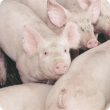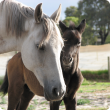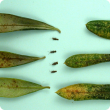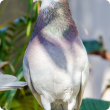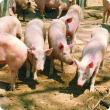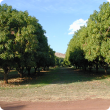Filter by regions:
- (-) Remove Mid West filter Mid West
- (-) Remove Wheatbelt filter Wheatbelt
- Great Southern (220) Apply Great Southern filter
- South West (210) Apply South West filter
- Goldfields-Esperance (204) Apply Goldfields-Esperance filter
- Peel (195) Apply Peel filter
- Perth regions (169) Apply Perth regions filter
- Gascoyne (156) Apply Gascoyne filter
- Pilbara (142) Apply Pilbara filter
- Kimberley (138) Apply Kimberley filter



